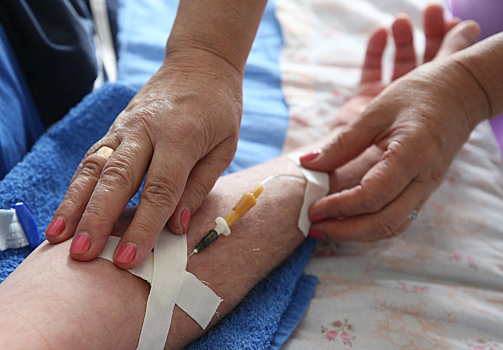Scientists from Kursk Medical University (KSMU) have developed bandages that, using halochrome dyes, help determine the process of wound healing. Moreover, the damage can be very different, Vyacheslav Lipatov, Vice-Rector for Research and Innovative Development of KSMU, told TASS.

” These bandages [dressing material with reverse color indication] can be used not only for purulent wounds – for trophic wounds and ulcers, and for burns. These bandages can be used in cancer patients, and they would also change color, depending on a particular situation,” said Lipatov.
Scientists also have multicomponent hemostatic sponge agents in development. An improved version of hemostatic materials, which was developed by Kursk scientists, will help reduce the risk of complications due to its special structure.
“We have learned to lyophilize, that is, after freezing, dry biologically degradable polymers: when they are placed in a person, they gradually dissolve. When these polymer solutions freeze, microcrystals form and the liquid is removed under vacuum to form a sponge. Sponge products can not only quickly and reliably stop bleeding, but also during operations, prevent the cutting of threads, restrain inflammation and excessive scarring – and therefore prevent postoperative consequences,” said Lipatov.
The developments of Kursk scientists are patented. The quality of new materials has improved the effectiveness of treatment and reduced the risk of complications; new properties have appeared compared to analogues.
"For the patient, this is a reduction in the risk of death from bleeding; for the surgeon, it is a reduction in the time required to stop bleeding, expanding the indications for surgical treatment of diseases of the liver, spleen, kidneys and other organs.” ;, – said Lipatov.
Among the advantages, he also noted the accelerated time for rehabilitation of patients. The improvement of such materials opens up prospects for the use of medical products that stop bleeding in various areas, including in everyday life.

